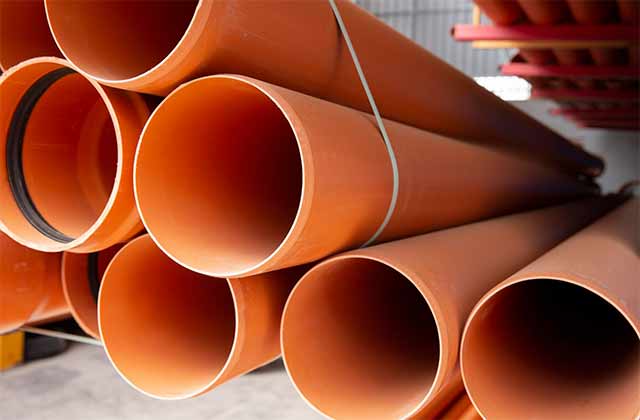
Gasket Seals, The Dirty Little Secret of Pipe Relining
Introduction
If you have ever had a pipe relining job done, then you may have been left with an unpleasant surprise in the form of leakage. This is because not all contractors provide the same level of service, and some will cut corners to save money. One way they do this is by using the wrong seal material during the repair process. In this article we will explain why this happens and how you can avoid it happening to your property. Sydney pipe relining can detect the leak and replace your pipeline.
Why do you need a Gasket Seal to Reline a damaged pipe?
Gasket seals are the only thing that keeps the liner in place. They hold it in place and keep it from moving or leaking. Without a gasket seal, there is nothing to keep the relining process from failing.
Without a gasket seal, your liner could move out of place and not properly adhere to the pipe wall. This would result in leaks after relining—leaks that can cause serious damage to your home or business property!
The type of seal used in Pipe Relining varies.
The type of seal used in pipe relining varies depending on the type of pipe, position of the leak and condition of the pipe. When it comes to choosing a seal for your project, you’re going to want to make sure that you’re getting the right one.
The first thing that you need to consider is whether or not your project is repairable. This can be determined by seeing if there is still integrity left in your system or if it has been weakened so much that it needs replacing altogether. If there are areas where damage has occurred but they aren’t significant enough for replacement (e.g., slight corrosion), then gasket seals may be all that’s needed! However, if there’s any kind of structural damage done whatsoever (e.g., cracks), then this means replacement might be necessary instead – which brings us onto our next point…
The correct seal is not always used.
It is also important to note that gasket seals are not always used. This is because they are more expensive, and in some cases, more difficult to install than other types of pipe relining seals. Additionally, pipe relining contractors may not have the necessary equipment or training to properly install a gasket seal. Therefore, if you have been told that your pipes need gasket seals but the price seems too good to be true—it probably is!
A high quality Relining Contractor uses the right material for a permanent solution.
A high quality Relining Contractor uses the right material for a permanent solution.
A contractor that doesn’t understand the importance of using only high quality materials and equipment will not be able to produce a long lasting relining solution. They may give you a temporary fix, but it won’t last as long as it should. A quality sealant is going to be made from quality materials, so if you don’t use good quality material in your process, then you won’t have a strong enough seal inside your pipe line to hold water pressure over time or protect against corrosion—all of which are vital components for making sure relined pipes keep flowing properly for years after their installation!
The correct seal is not always used and this is one of the dirty little secrets of pipe relining.
The correct seal is not always used and this is one of the dirty little secrets of pipe relining. The type of gasket material, size, shape, thickness and method of application can play a huge role in how well your pipes will be sealed for years to come. Just because a plumber says he used a gasket does not mean that it was done correctly!
Conclusion
It’s important to understand that a high quality pipe relining contractor will always use the correct type of seal for your situation. They will not cut corners and risk your safety by using an inferior seal. The next time you are considering Pipe Relining as an option, ask your contractor what type of seal they will use before signing on the dotted line. Read more about other option to fix the leak on your pipe without replacing them.